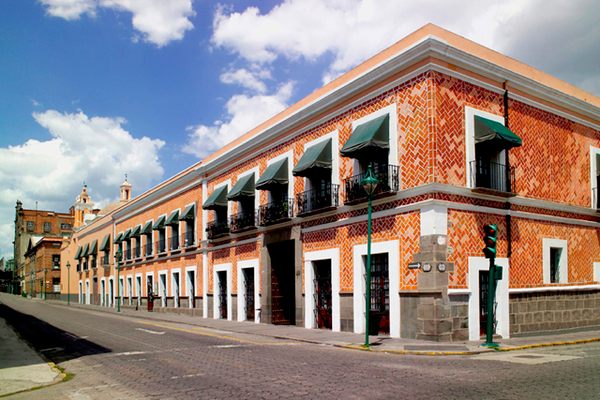About
Khyber Pakhtunkhwa is a province of Pakistan located in the northwest, along the border with Afghanistan. Today, a network of roads crisscrosses the province, bypassing formidable mountain peaks and following spectacular valleys. In ancient times, some locations in this province were so remote and isolated that distinct cultures developed among the societies living there. One of these societies is the Kalasha, and their traditions have survived to this day.
The Kalasha people are mainly spread across three remote valleys, Bumburet, Rumbur, and Birir. There is a common misunderstanding that the Kalasha people are the descendants of soldiers who came here with Alexander the Great, but genetic research has debunked this myth, showing that they belong to an Asian genetic group continuum. This is also one of the cornerstones of Kalasha mythology regarding their origins.
Another misconception is that the Kalasha people are locally known as "non-believers," even though they have places of worship and rituals that can only be described as religious. The Kalasha religion can be classified as animist or proto-Hinduist. The misconception may be due to the radically different religious system and rituals compared with the mainstream religion. Pakistan has tried through the years to convert the Kalasha people, but with little success.
Nowadays, the Kalasha valleys attract tourists who want to observe and experience the Kalasha traditions. This development has granted the Kalasha people some degree of protection. Should they be absorbed into mainstream Pakistani society, the source of revenues for the whole region would suffer. However, this level of benevolent neglect has come with a price. Hordes of tourists flock to these valleys taking pictures of the people, which are objectified and commodified.
To counter this trend, the Kalasha Dur Museum was opened 2005, mainly funded by Greek NGOs. Built using a mixture of traditional and modern techniques, this building is certainly conspicuous due to its size and refined masonry. Among the items on display are statuettes, weapons, musical instruments and a wide array of everyday items that would have been found in an average Kalasha household. Informative panels are supposed to educate visitors on the rich cultural heritage and history of the Kalasha people.
Related Tags
Pakistan Uncovered: Modern Culture & Ancient Civilizations
Markets, street food, and desert panoramas in Pakistan.
Book NowCommunity Contributors
Added By
Published
August 7, 2024








































